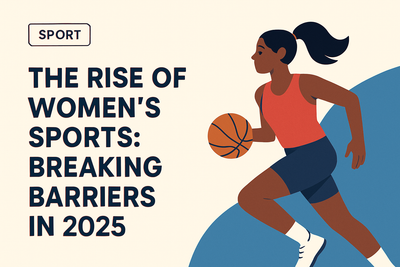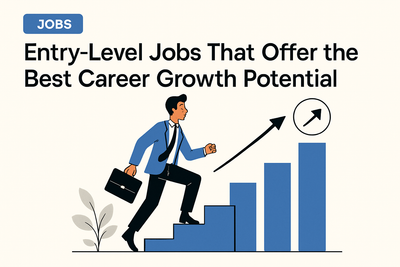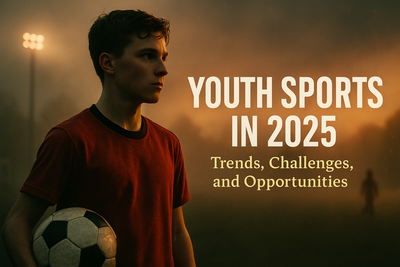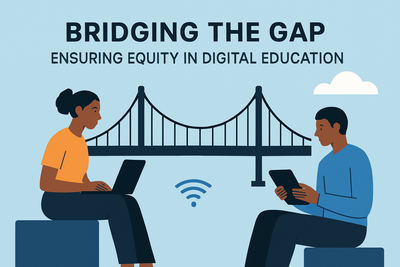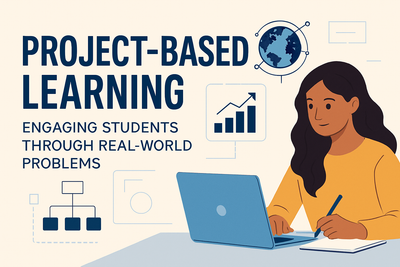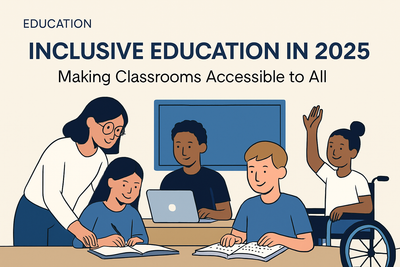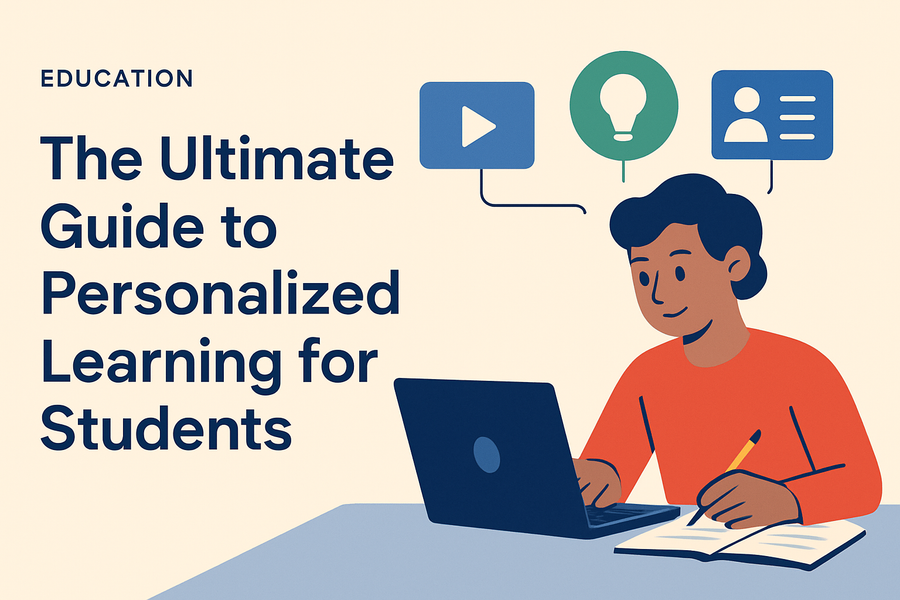
Introduction
In the ever-evolving landscape of education, one concept has emerged as a powerful tool to enhance student engagement and academic achievement: personalized learning. This approach tailors educational experiences to meet the unique needs, strengths, interests, and goals of each learner, bridging the gap between traditional teaching and modern innovation.
In this comprehensive guide, we'll explore what personalized learning really means, its key components, benefits, implementation strategies, and tools that help make it a reality in classrooms around the globe.
What is Personalized Learning?
Personalized learning refers to instructional strategies and models that customize learning paths for individual students. Unlike the one-size-fits-all model, personalized learning empowers students to learn at their own pace, style, and interest level.
Key Characteristics:
- Student-centered: Focuses on the learner’s needs, interests, and abilities
- Flexible pacing: Allows students to progress through material at varying speeds
- Customized content: Learning materials are adapted based on student profiles
- Ongoing assessment: Frequent feedback guides learning adjustments
Why Personalized Learning Matters
1. Improves Student Engagement
When students have a say in how they learn, they're more likely to feel motivated and invested in their education.
2. Addresses Diverse Learning Styles
Visual, auditory, kinesthetic—personalized learning accommodates them all, helping every student find their rhythm.
3. Boosts Academic Outcomes
Studies show that students in personalized learning environments often outperform peers on standardized assessments.
4. Encourages Lifelong Learning
By fostering autonomy and self-reflection, learners become more prepared for independent success beyond school.
Components of an Effective Personalized Learning Model
1. Learner Profiles
Detailed records outlining students’ strengths, challenges, preferences, and goals.
2. Personal Learning Paths
Customized roadmaps that allow students to make choices about the pace and method of instruction.
3. Flexible Learning Environments
Adaptable spaces (physical or virtual) that support diverse learning activities.
4. Competency-Based Progression
Advancing based on mastery rather than seat time ensures deeper understanding.
Implementing Personalized Learning in the Classroom
Step 1: Assess Student Needs
Use diagnostic tools, surveys, and student conferences to gather insights into learning styles.
Step 2: Set Clear Goals
Work collaboratively with students to establish academic and personal development targets.
Step 3: Leverage Technology
Digital tools such as learning management systems (LMS), AI tutors, and adaptive software play a key role in scaling personalization.
Step 4: Provide Ongoing Feedback
Frequent check-ins and formative assessments ensure learning stays on track.
Step 5: Adjust and Reflect
Continuously refine learning plans based on data and student feedback.
Top Tools Supporting Personalized Learning
- Khan Academy – Offers adaptive exercises and personalized dashboards
- Google Classroom – Enables customized assignments and feedback loops
- DreamBox – Math-focused adaptive learning platform
- Edmodo – Facilitates collaborative and tailored lesson planning
Challenges and Considerations
While personalized learning holds immense promise, it's not without its hurdles:
- Equity of access: Not all students have equal access to technology
- Teacher training: Effective execution requires professional development
- Time investment: Creating individual learning paths can be resource-intensive
Conclusion
Personalized learning is more than just an educational trend—it's a transformative approach that places students at the center of their academic journey. By understanding its principles and integrating thoughtful strategies and tools, educators can unlock each student's full potential. As we look toward the future of education, personalization will undoubtedly play a starring role in shaping more equitable and effective learning experiences.
Whether you're a teacher, parent, or student, embracing personalized learning paves the way for a more engaged, empowered, and successful learner.

